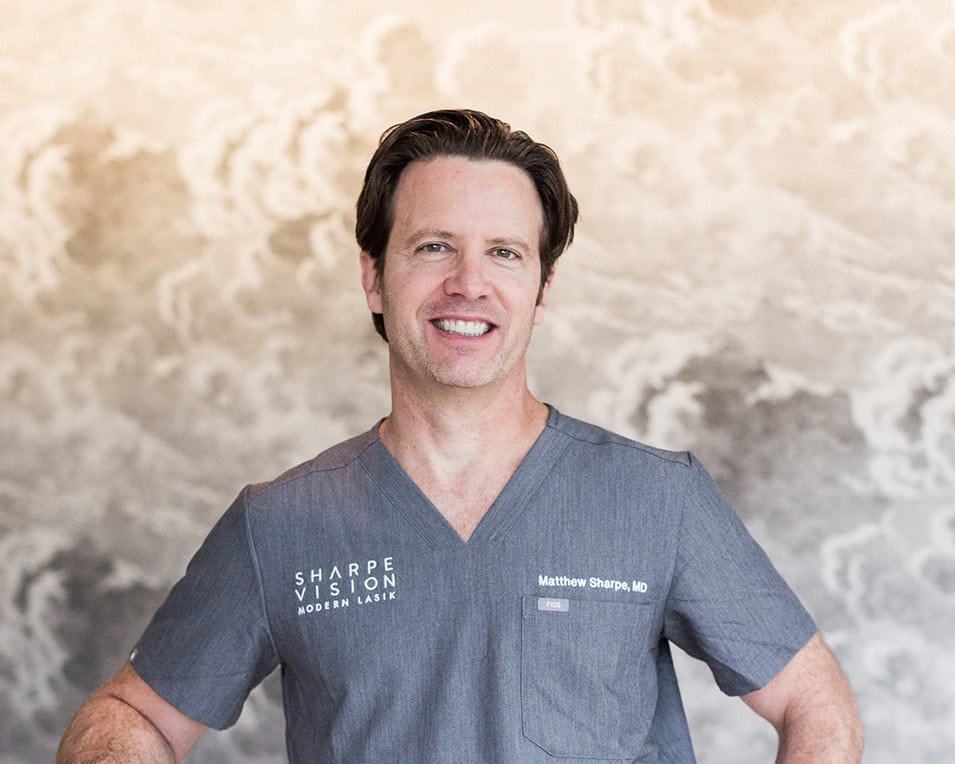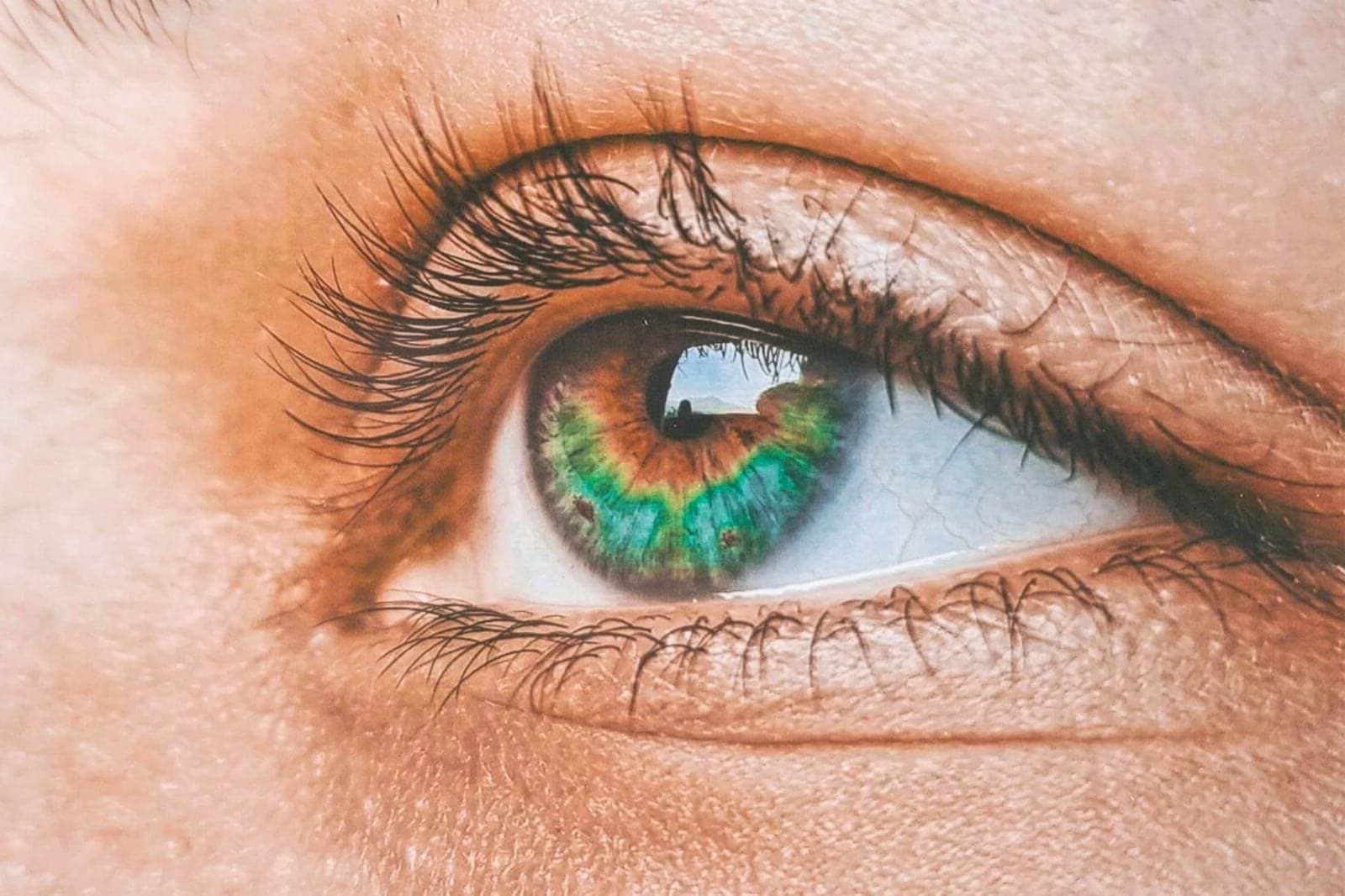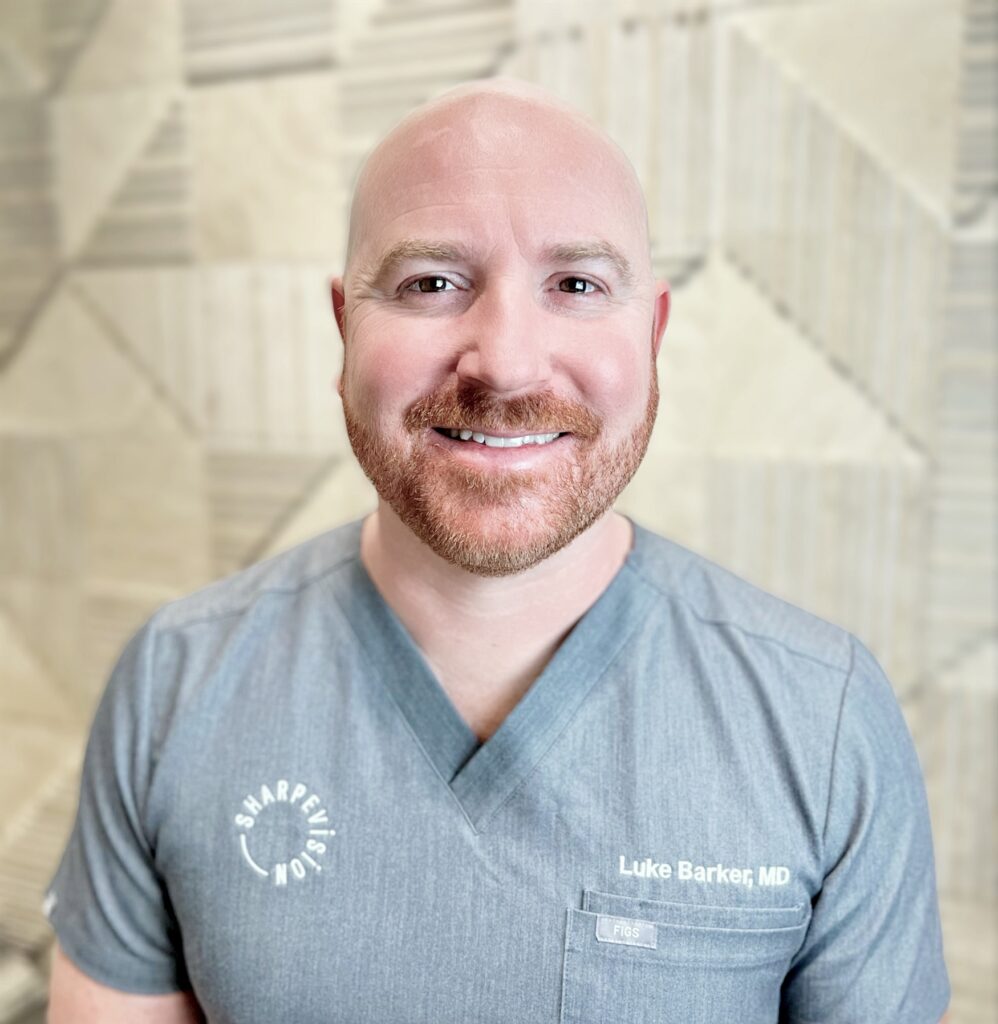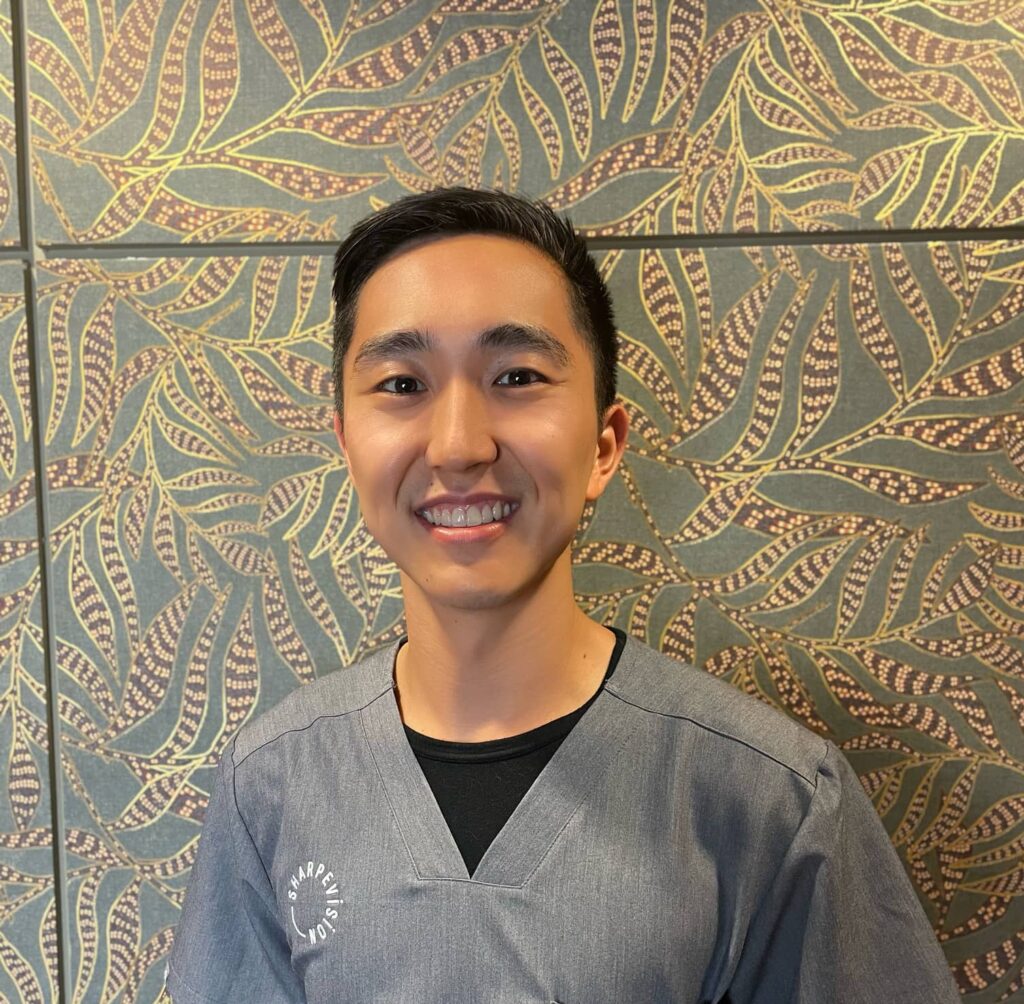Every surgery has risks, as well as benefits, and you should evaluate this risk/benefit ratio for yourself after consideration of the information presented by our staff, the information in the video, and written information that follows. You will be asked to sign an Informed Consent document on the day of your procedure.
Laser Assisted in Situ Keratomileusis (LASIK) uses a femtosecond laser, or a microkeratome, to create a corneal flap on the surface of the eye. After opening the flap to expose the tissue below the cornea’s surface, the excimer laser is used to remove thin layers from the cornea to reshape it. The flap is then returned to its original position.
Photorefractive Keratectomy (PRK) uses the same excimer laser, which produces a beam of light to remove thin layers from the cornea to reshape it after the surface layer (corneal epithelium) has been removed. The surface layer typically grows back over 4-5 days. Healing time is significantly longer than LASIK.
Laser vision correction permanently removes tissue from your cornea. And while LASIK and PRK are permanent operations to the cornea, additional laser treatments are usually possible to correct residual prescriptions that occur in a small percentage of patients.
There are a number of contraindications or relative contraindications for laser vision correction. These include patients with unstable refractions, certain abnormalities of the cornea, abnormal corneal topography, insufficient corneal thickness, irregular astigmatism, unrealistic expectations, a visually significant cataract, uncontrolled glaucoma, uncontrolled external disease, uncontrolled connective tissue or autoimmune disease, certain ocular anatomical issues, functional monocularity, overly steep or flat corneas, dry eye syndrome, pregnancy or lactation, poorly controlled diabetes, prior incisional or lamellar keratorefractive surgery, and significant occupational or recreational risk, among other factors. If you have one or any of these conditions, LASIK or PRK will probably not be recommended.
You should understand that LASIK or PRK will not prevent you from developing naturally occurring, age-related eye-health problems such as glaucoma, cataracts, retinal degeneration or detachment.
These procedures are elective and involve complex surgery to the eye. Not everyone is a good candidate for laser vision correction. The ideal candidate is over 18 years old, has had stable vision for at least six months, has a healthy cornea, has refractive errors within the treatable range, does not have a disease or condition that could impair the procedure or healing process, understands that the goal of the procedure is to improve vision and reduce dependency on glasses and contact lenses, and has been fully educated about the procedure and its risks and benefits. Please let your doctor or a SharpeVision team member know if you still have questions that have not been answered.




